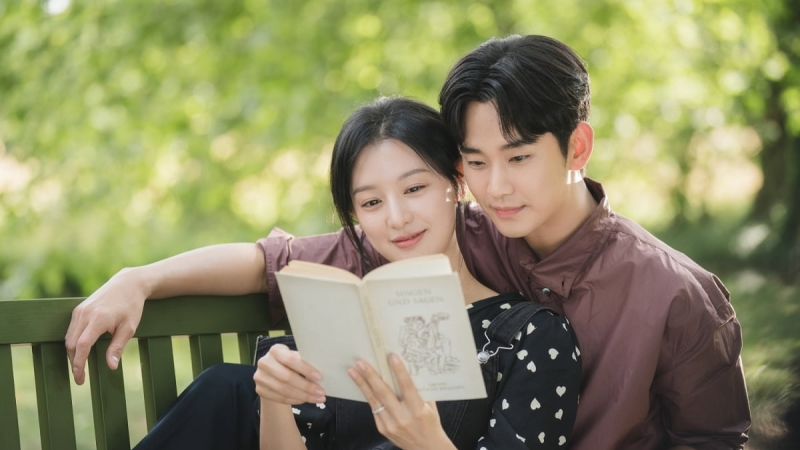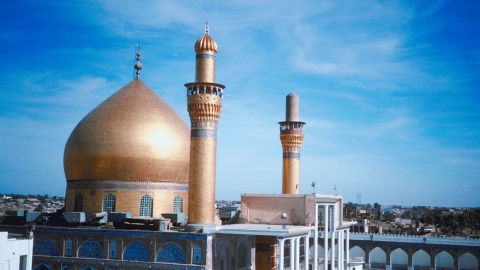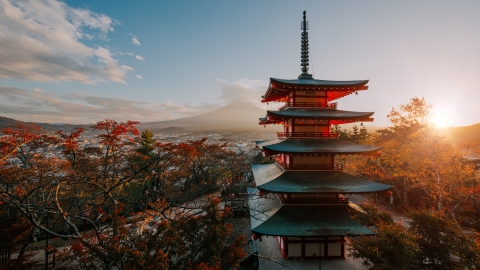The chaotic political context with martial law or coups is a topic that Korean filmmakers often exploit, creating emotional stories. With the unstable political context and massive protests, the film "Youth of May" is a colorful picture and a true representation of Korean society in the 80s, a turbulent period.
The tragic love story between Hwang Hee Tae and Kim Myung Hee, two young people lost in the hustle and bustle of life, has touched the hearts of millions of viewers. Through each look, smile and tear of the characters, viewers seem to relive the emotional moments, the hopes and despair of a generation. The film is not only a love story of Hwang Hee Tae and Kim Myung Hee, but also an epic about youth, about the desire for freedom and noble sacrifices.
A time of turmoil
The film "Youth of May" vividly and realistically recreated the tense, unstable atmosphere of Gwangju in 1980. Through images of protests and clashes between people and the army, we seem to relive those painful historical days.
In fact, the Gwangju Democracy Movement has been a “scar” for South Korea for four decades. Starting on May 18, 1980, protesters took to the streets to protest President Chun Doo-hwan’s declaration of martial law, and the confrontation between civilians and the military and security forces lasted for 10 days.
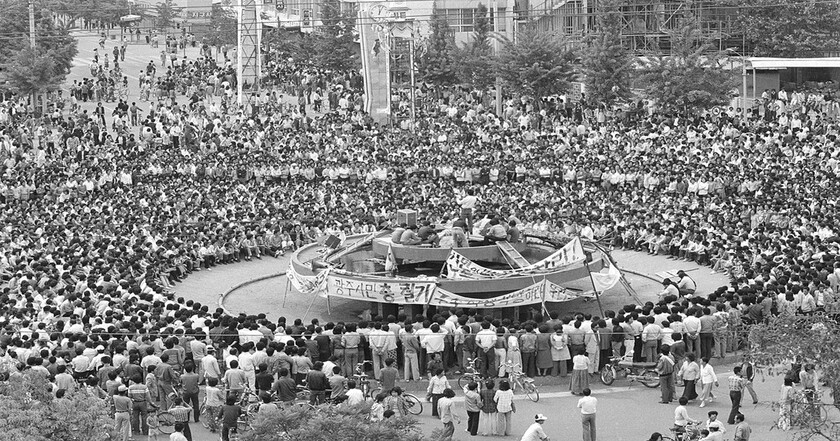
On May 18, 1980, crowds of students and residents in the southwestern South Korean city of Gwangju took to the streets to protest the military government of President Chun Doo-hwan.
There are no exact figures for the casualties of the "May 18 Incident" in Gwangju, many theories suggest that the military government had secret mass burial sites either on land or at sea. After suppressing the movement, the South Korean army continued to stay in Gwangju for another eight years. The South Korean government at the time announced that 160 people had died - including some soldiers and police - and more than 70 were missing. However, the victims' families claim that the real number is three times higher.
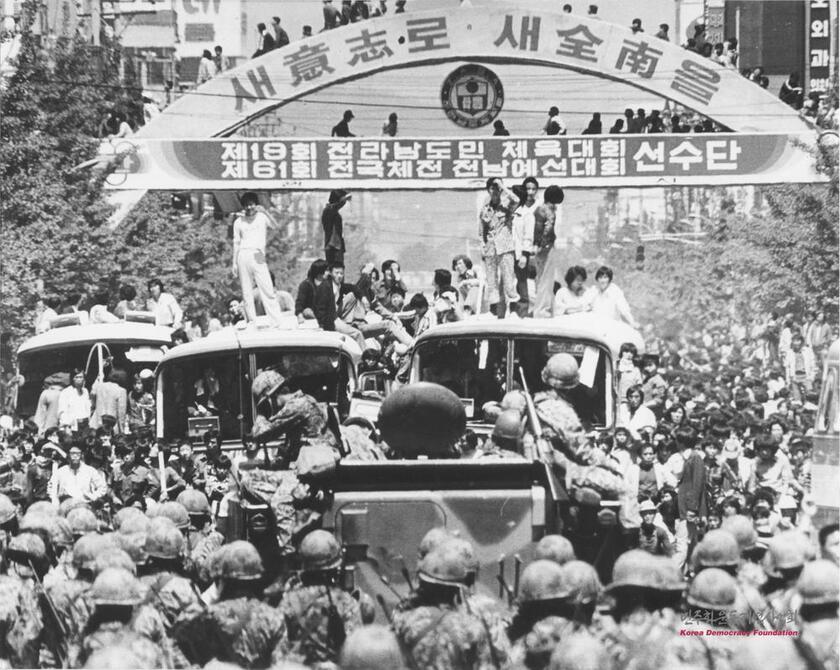
The students who fell in the protests were the pioneers who laid the foundation, turning the military dictatorship into the democratic and powerful country it is today.
But the search for justice has gone through many twists and turns, and the "May 18 Uprising" remains a wound that has not healed and like ashes that smolders in South Korean politics to this day. At the time of the Gwangju uprising, the military government described it as a rebellion by supporters of then-opposition leader Kim Dae-jung (later the 8th President of South Korea) and supported by the North Korean government.
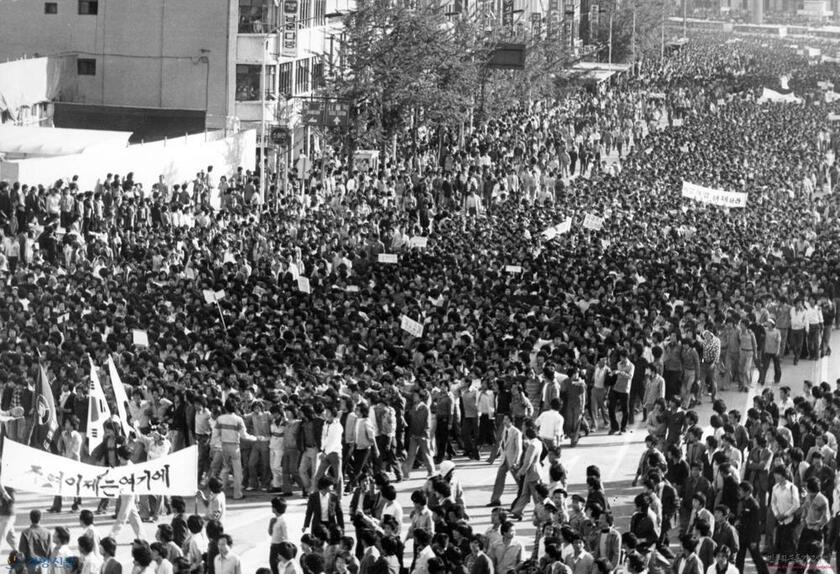
The movement also shows the strength and responsibility of students, who, more than anyone else, have youth, knowledge and enthusiasm to change the destiny of the nation.
Love song written in blood
"Youth of May" recreated the love story of a young couple with nostalgic sounds of the past, making viewers feel nostalgic and moved by the classic, sweet footage of love in the 80s, but also tinged with sadness with social prejudices, unfulfilled dreams and ambitions of youth. With the whirlpool of history, they collided with each other as if fate had arranged them, they were crazy and foolish because of their love and passion, but did not have a happy ending.

"Youth of May" is one of the very good Korean movies about the theme of coup and martial law.
The film chooses to open the film through the memories of the mysterious man in the present, the time when the uprising has passed but still left painful remnants, to bring the audience back to the past to learn about the developments of this story.
“Youth of May” has taken the trouble to bring to the small screen an old society of the land of kimchi thanks to the meticulousness in the setting, film color and music. This work has brought the audience the youthful breath of student life in the 80s through the sweet but classic film color, interwoven with the sad tones of youthful concerns.

A gentle film about the youth of the turbulent years in Korea brought tears to many people.
The film is told through the lens of a student named Hwang Hee Tae (Lee Do Hyun), who is the pride of Gwangju province thanks to his valedictorian status in the medical field. Carrying the pain of youthful impetuosity, Hwang Hee Tae returns to his hometown and is arranged to meet the young lady Lee Soo Ryun (Geum Sae Rok). However, ironically, Soo Ryun has no ambition to get married, so she asks her friend Kim Myung Hee (Go Min Si) to attend the meeting in exchange for a ticket to study in Germany that Myung Hee has always wanted. According to her best friend's plan, Myung Hee tries her best to leave a bad impression on Hee Tae to break the engagement, but unexpectedly, he already knows her true identity and falls in love with this poor nurse, even though he knows that his wealthy father will never agree. The meeting of Myung Hee and Hee Tae is the arrangement of the wheel of fate, the sweet May before the storm comes.
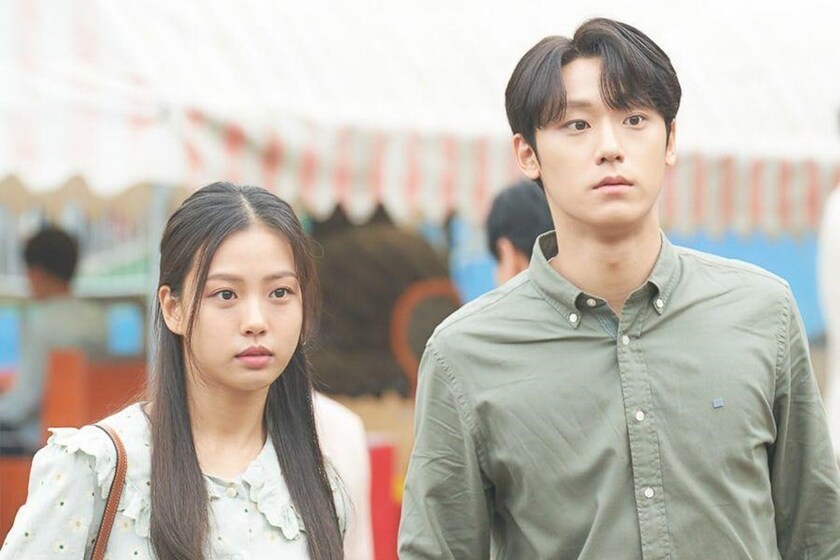
At that time, the kimchi country had to pay a lot of blood and tears, mainly from students and young patriots in 1980, so the film respects history with simplicity and rusticity in its creation.
Unlike modern works, the film's rhythm is gentle like a dose of "detox". If Hwang Hee Tae and Kim Myung Hee were born with different identities, in a different social context, perhaps their love story would have had a happy ending. However, they are people in a chaotic era, the time when the Gwangju democratization movement took place to oppose the dictatorship of President Chun Doo Hwan. Any uprising has losses and pain, and the love between Hwang Hee Tae and Kim Myung Hee, unfortunately, is one of them.
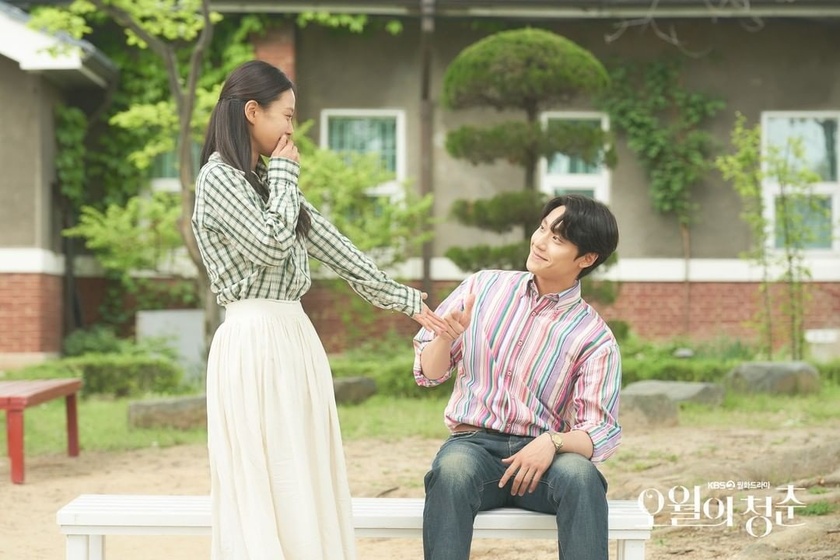
It doesn't have to be a happy ending, but an ending set in that era with all the love that transcends time is proof of the most beautiful love of Youth of May.
Although exploiting the political theme, Youth of May is not dry but full of vitality and emotion through the images and life concepts of young people at that time. They were young, full of vitality, eager to pursue their dreams and eternal love despite having to overcome countless difficulties of cruel fate.
The film ends tragically with the departure of the female lead and the regret of the male lead. This ending did not satisfy the audience, however, looking back at the context of that time, the separation of the two is considered appropriate.






